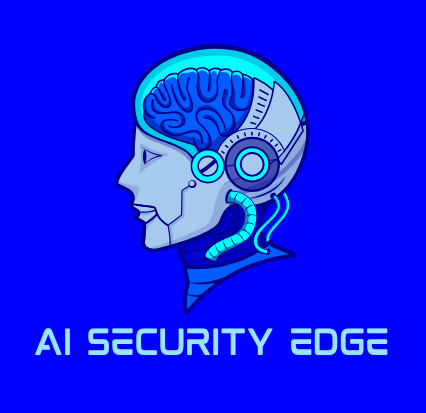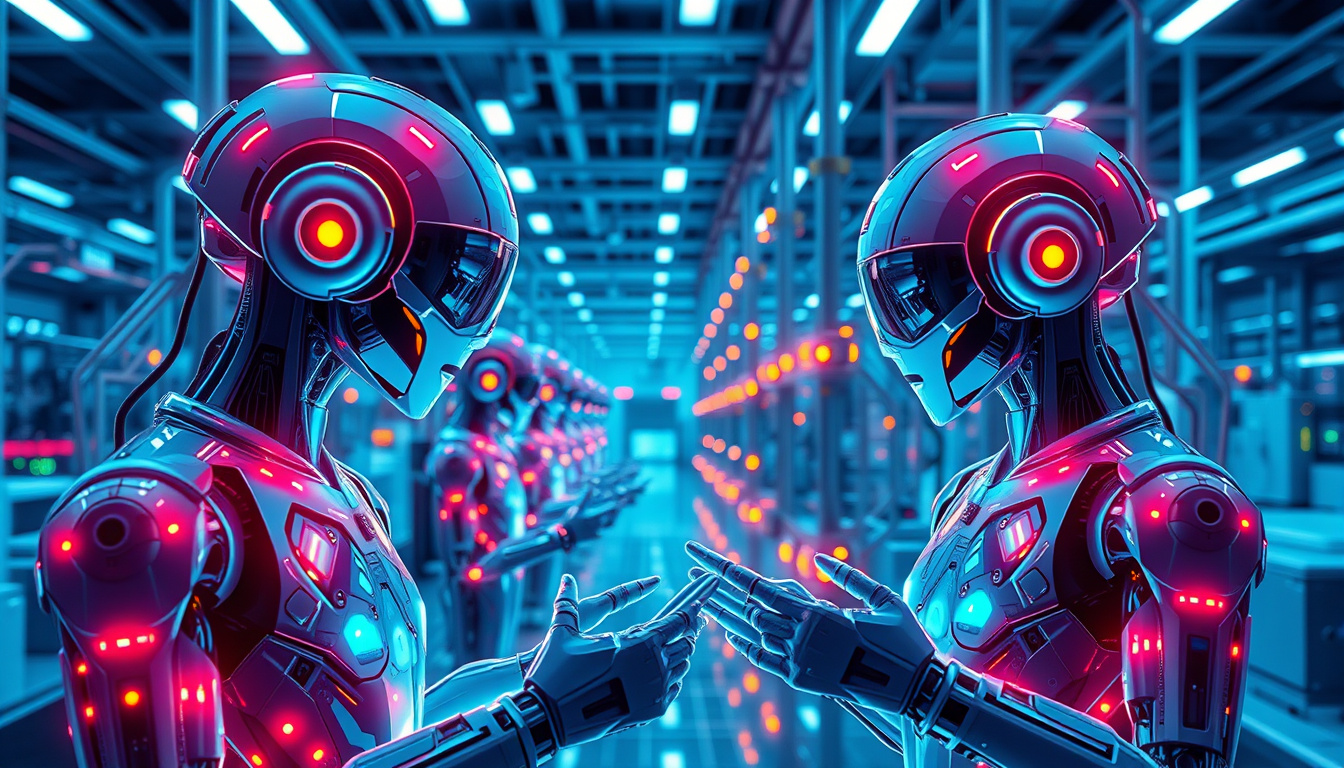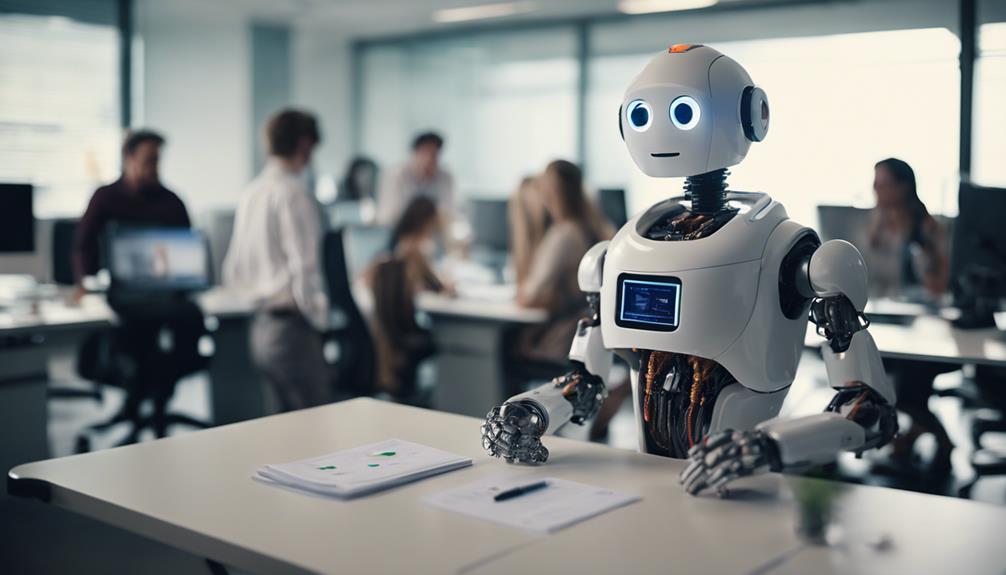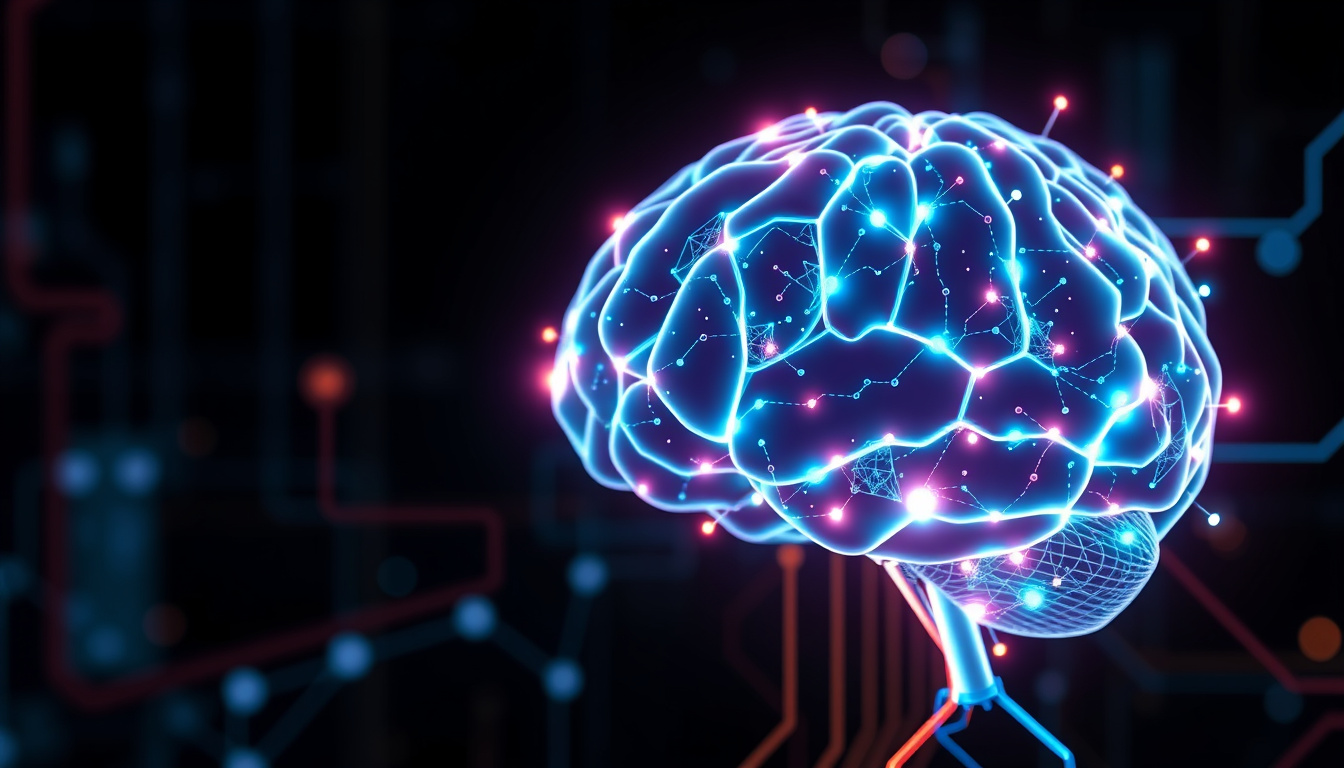In today’s rapidly evolving technological landscape, intelligent agent systems are at the forefront of innovation, revolutionizing how we interact with machines and how automation reshapes industries. These systems, designed to perform tasks autonomously by perceiving their environment and making decisions, are integral to advancements in fields such as robotics, smart devices, and enterprise automation. This article explores how intelligent agent systems are transforming modern technology and automation, highlighting their applications, benefits, and the future of this promising domain.
Understanding Intelligent Agent Systems
An intelligent agent system can be defined as a software or hardware entity capable of autonomous action in an environment to meet its design objectives. These agents sense their environment, process gathered data using artificial intelligence, and take decisions or actions to fulfill specific goals. Their intelligence ranges from simple rule-based operations to advanced machine learning and reasoning abilities.
Components of Intelligent Agent Systems
To appreciate their transformational impact, it’s vital to understand the core components of intelligent agent systems:
- Perception Module: Captures data from the environment through sensors or data inputs.
- Decision-Making Engine: Processes information using AI algorithms, logic rules, or heuristics.
- Action Mechanism: Executes chosen actions, which can be physical actions (robot movement) or digital operations (data handling).
- Learning Capability: Some agents improve performance over time via machine learning or adaptive algorithms.
How Intelligent Agent Systems Are Reshaping Modern Technology
The integration of intelligent agent systems into various technological sectors has led to transformative effects. These agents enable systems to perform complex tasks autonomously, improve efficiency, and enhance user experiences.
1. Automation in Industry 4.0
Industry 4.0 embodies the smart factory revolution where intelligent agent systems empower machinery and production lines to self-monitor, self-optimize, and coordinate operations without human intervention. These agents facilitate predictive maintenance, adaptive scheduling, and quality control by analyzing sensor data in real-time.
2. Smart Homes and IoT
Intelligent agents play a pivotal role in smart homes and IoT ecosystems, where devices need to operate in sync, responding dynamically to user preferences and environmental changes. From thermostats adjusting temperature based on occupancy to security systems detecting unusual activities, intelligent agents enhance convenience and safety for users.
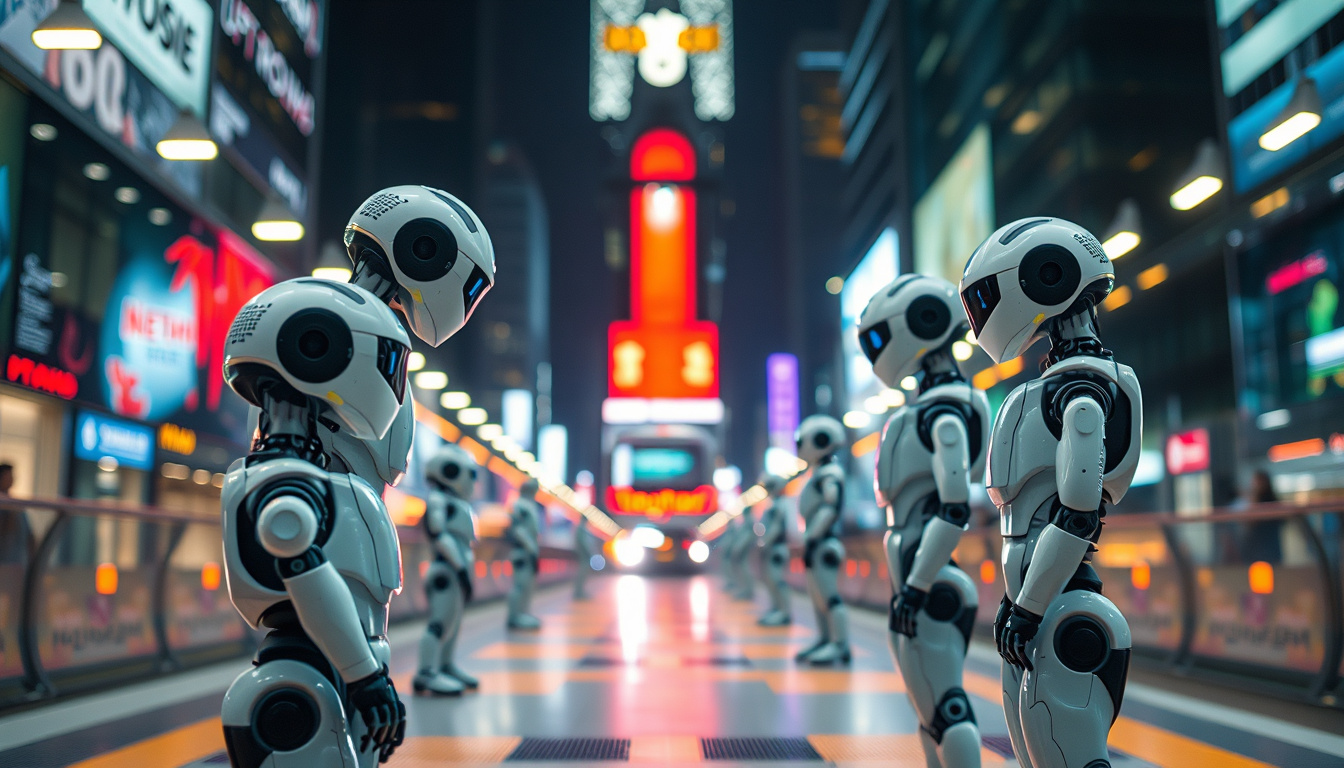
3. Autonomous Vehicles
Self-driving cars rely extensively on intelligent agent systems to perceive surroundings, make real-time decisions, and navigate safely. These systems fuse inputs from lidar, cameras, and radar to understand complex scenarios, predict behaviors of other road users, and control vehicle actions.
4. Healthcare Applications
In healthcare, intelligent agent systems assist clinicians through decision support, diagnostics, and patient monitoring. Agents can analyze medical data, alert caregivers to emergency conditions, or even manage robotic surgical tools with high precision.
5. Financial Services Automation
Banks and financial institutions utilize intelligent agents for fraud detection, customer service chatbots, and algorithmic trading. These systems analyze vast datasets and execute complex transactions, improving accuracy while reducing operational costs.
Key Benefits of Intelligent Agent Systems in Automation
Implementing intelligent agent systems brings numerous advantages across different domains:
- Increased Efficiency: Automated decision-making speeds up processes and minimizes human error.
- Scalability: Intelligent agents can handle growing amounts of data and tasks without loss in performance.
- Adaptability: Machine learning agents can adjust to new patterns or environments seamlessly.
- Cost Reduction: Through predictive maintenance and process optimization, companies save resources.
- Enhanced User Experience: Personalized responses and proactive operations improve satisfaction.
Top Examples of Intelligent Agent Systems in Action
Here are five notable examples where intelligent agent systems have initiated measurable change:
- Amazon Alexa and Google Assistant: These voice-controlled agents understand context, manage tasks, and integrate with smart devices.
- Tesla Autopilot: An advanced driver-assistance system built on intelligent perception and decision-making.
- IBM Watson: Uses AI agents for complex data analysis and business intelligence support.
- Roomba Robot Vacuum: Autonomous cleaning agents map environments and navigate efficiently.
- JPMorgan Chase COiN: AI-based system that reviews legal documents in seconds, saving thousands of hours.
Challenges Facing Intelligent Agent Systems
Despite impressive progress, the development and deployment of intelligent agent systems face several challenges:
- Complexity of Integration: Merging agents with existing legacy systems can be difficult.
- Security Risks: Autonomous agents may become targets for malicious attacks.
- Ethical Concerns: Decisions made by AI agents raise accountability and transparency questions.
- Data Privacy: Handling sensitive data requires robust privacy-preserving measures.
Addressing these challenges involves interdisciplinary efforts between computer science, cybersecurity, law, and ethics.
FAQ: Intelligent Agent Systems
Q1: What are intelligent agent systems used for?
A1: Intelligent agent systems are used to automate decision-making and actions in various fields such as robotics, smart homes, autonomous vehicles, healthcare, and financial services, enabling efficient and adaptive operations.
Q2: How do intelligent agents learn and adapt?
A2: Many intelligent agent systems incorporate machine learning algorithms that allow them to analyze data, recognize patterns, and adjust their behavior over time for improved performance and adaptability.
Q3: What is the difference between intelligent agent systems and traditional automation?
A3: Unlike traditional automation which follows set scripts, intelligent agent systems have autonomous decision-making capabilities, allowing them to perceive, interpret, and respond dynamically to changing environments.
Looking Ahead: The Future of Intelligent Agent Systems
The future holds tremendous potential for intelligent agent systems as AI research advances. Emerging trends include the development of multi-agent systems where multiple intelligent entities collaborate to solve complex problems, increased use of natural language processing to enhance human-agent interaction, and wider adoption of edge computing to enable real-time, localized decision-making.
Moreover, integrating intelligent agents with blockchain technology promises to provide secure, decentralized platforms for automation that increase trust and transparency.
Conclusion: Embrace Intelligent Agent Systems for Innovation
Intelligent agent systems are undeniably transformative, driving the evolution of modern technology and reshaping automation across industries. By enabling machines to think, learn, and act autonomously, these systems unlock new efficiencies, empower smarter devices, and improve human experiences. Businesses and innovators investing in intelligent agent systems today position themselves at the cutting edge of tomorrow’s digital revolution.
If you want to stay ahead in this age of automation, explore how intelligent agent systems can integrate into your operations or products. Harness their power to accelerate innovation, reduce costs, and deliver superior results. The future is intelligent, and it’s time to join the movement.
Reference: For more insights on intelligent agents and AI integration, see the comprehensive guide from Stanford University’s Artificial Intelligence Laboratory (source).
